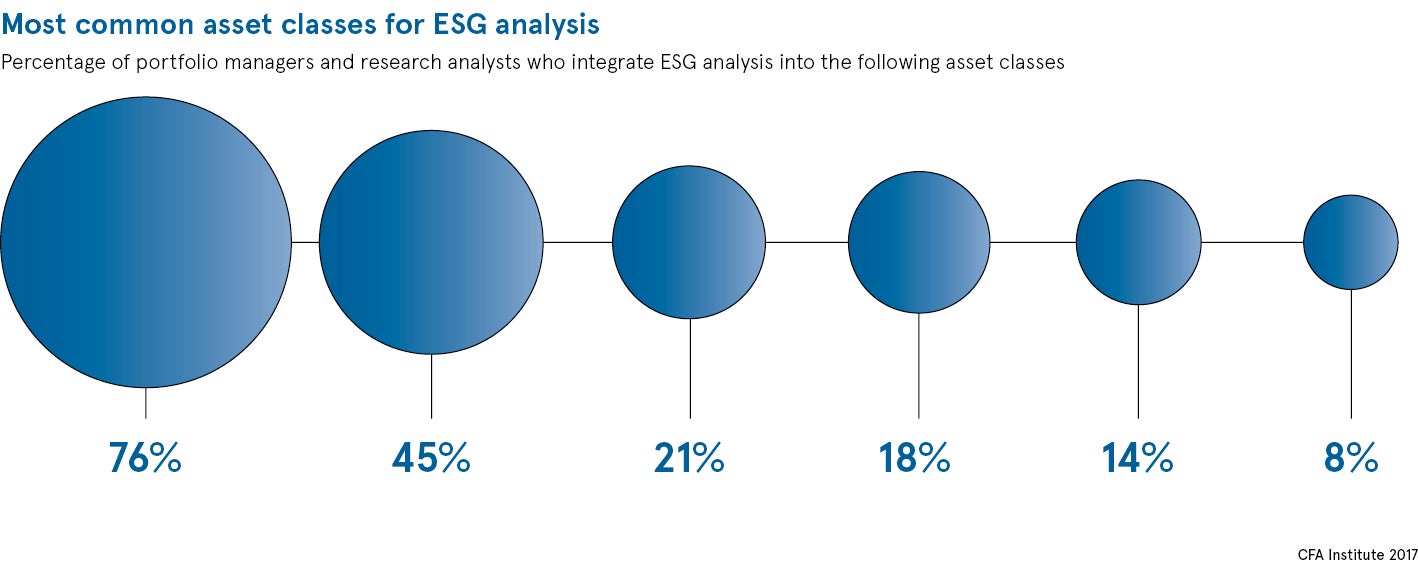More than a billion people still live without access to electricity, according to the World Bank. Living without this necessity has a detrimental effect on their health, education and earning potential.
The World Health Organization, for example, estimates that around 3.8 million people a year die prematurely from illness attributable to household air pollution caused by solid fuels and kerosene used for cooking.
Yet there are solutions to serve those with no access to the grid. Off-grid solar systems, battery storage and solar or bio-powered cooking stoves are transforming the lives of rural communities in sub-Saharan Africa and beyond.
Off-grid systems need financing to achieve goals
Two of the most successful providers include Greenlight Planet, a for-profit firm that designs, distributes and finances solar home energy across South Asia and Africa, and ZOLA Electric, formerly Off-Grid Electric, which uses mobile money to sell solar-powered electricity as a service.
The United Nations’ Sustainable Development Goal 7 aims to ensure access to affordable, reliable and modern energy for all by 2030. Bloomberg New Energy Finance estimates that to achieve this $350 billion is needed: $130 billion for grid extension, $165 billion for micro-grids and $55 billion for solar home systems.
To achieve the goal, financing for clean energy firms like ZOLA Electric is fundamental. Yet for these startups, securing finance is often the main challenge.
Typically, local banks are unwilling to lend as they don’t yet understand the technology, and Western investors are put off by the risk, volatility and low returns associated with working in developing nations and this frontier sector.
Blended finance model key for unlocking investor funds
However, innovative finance modelling is unlocking money from financiers who are under increasing pressure to measure the carbon impact of their portfolio.
US-founded SunFunder has demonstrated a successful model for unlocking investor funds with blended finance.
Innovative finance modelling is unlocking money from financiers who are under increasing pressure to measure the carbon impact of their portfolio
The company uses what it calls “catalytic capital” from foundations and impact investors, such as Facebook and The Rockefeller Foundation, to take first risk, and diversify and reduce risk for other financiers.
“We raise funds from investors in different tranches and they receive higher or lower returns based on the risk they are taking,” says Nico Tyabji, director of strategic partnerships at SunFunder, which had raised more than $62 million in debt funds by the end of 2017, while maintaining a 100 per cent repayment rate to investors.
The money the firm has raised has been invested into 37 different companies, including d.light and ZOLA Electric, as a combination of working capital, boutique structure finance and for pay-as-you-go consumer financing.
Financing sustainable energy poses many challenges
SunFunder is hailed as a leader in innovative financing for this frontier sector. However, Mr Tyabji says it has had to work hard to build a track record to attract and then combine various investors for different outcomes. What it wants to be, in the long term, is a regular asset class, but in an emerging market.
This model builds on the idea that if there is £1 billion of concessional finance from philanthropy or social impact funds, then commercial finance by a factor of 50 can be unlocked, says Giles Bristow, director of programmes at Ashden, a charity supporting pioneering sustainable energy firms.
“The question is how do you go deeper and encourage capital to the next wave of energy companies coming through?” Mr Bristow says. “We are going to need new solutions for more patient and risk-tolerant funds.”
He refers to the Bank of Merrill Lynch as a good example of this. The bank has made a $125-billion ten-year commitment to finance low-carbon businesses and solutions that address climate change with green bonds, catalytic financing, equity and debt capital.
New technology makes financing sustainable energy easier
Another is KOSAP, a World Bank programme that uses a mix of grant and loan financing for remote grid development in Kenya.
New funds are being made available, but challenges for companies lie in proving their business model in regions where traditional data is lacking, and potential customers have no credit history and often no official paperwork.
“To make a safe investment, reliable data is needed to determine whether customers pay and what the default rate is and so on,” says Dario Traum, senior associate from Bloomberg New Energy Finance. Fortunately, data flowing back from this nascent sector has been positive, Mr Traum says.
The advent of mobile phone payment systems, such as Angaza, which provides pay-as-you-go soft and hardware platforms to solar power sellers, are creating new data and a massive opportunity, he adds.
Innovative financing could bring energy to the unelectrified
According to Ameya Upadhyay at Omidyar Network, a philanthropic investment firm, seeing the transaction data of ZOLA Electric and d.light supported their involvement in both companies.
Non-traditional sources of data, such as how someone uses their mobile phone, can provide information on their credit worthiness to help make a lending decision, he adds.
Omidyar has also invested in Pula, which uses satellite data to provide crop insurance to the unbanked and uninsured market of 1.5 billion smallholding rural farmers.
It’s early days, but data, technology and innovative financing can enable new markets that benefit the unelectrified, says Ashden’s Mr Bristow.
But governments, major financial institutions, philanthropy and commercial investors, as well as specialist funders, are needed to stimulate investment. “Because evidence is gathering that this sector can make money and grow globally,” he points out.
Off-grid systems need financing to achieve goals
Blended finance model key for unlocking investor funds

